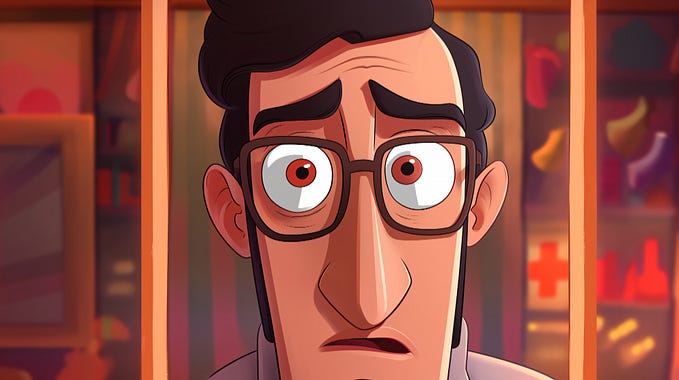Why is Easter celebrated with eggs?
Every year, Christians around the world commemorate Jesus’ crucifixion and resurrection on Easter Sunday. Giving and eating chocolate eggs is a significant element of today’s Easter celebrations.
But why is Easter celebrated with eggs?

The Origin
Throughout history, people have exchanged eggs at spring festivals to welcome the new season. Easter is celebrated with eggs because it represent fresh life and rebirth.
Eggs were presented to the church as Good Friday contributions, and locals frequently delivered eggs to the lord of the estate for Easter.
Even royals got involved: in 1290, Edward I bought 450 eggs, which he adorned with colors or gold leaf and distributed to his household.
One explanation for this tradition is that eggs were once outlawed during Lent, so people would paint and decorate them to commemorate the completion of the period of penance and fasting, then eat them as a celebration on Easter.

European “Pagans” (those who pursued a variety of non-Christian religions) saw eggs as a symbol of the renewal that occurs with springtime. This image was adopted by early Christians and ascribed to Jesus Christ.
Pace eggs’ became quite popular in Lancashire in the 18th century. Pace eggs were produced from hard-boiled hen, duck, or goose eggs, with ornamented shells tinted in vibrant colors, just like in the Middle Ages. They were given as Easter treats or to players in pace egg plays. (Pace egg plays were medieval-style mystery plays featuring a theatrical struggle between a hero and a villain. The hero was frequently killed before being brought back to life to defeat the adversary.)
Pace eggs were also rolled along the ground in a race known as egg roll. Children would roll a decorated pace egg down a hill to see who could roll the egg the farthest without breaking. It is conceivable that these races began as a representation of the stone being rolled away from Jesus’ tomb.

Easter egg hunts and egg rolling are two prominent egg-themed customs. The White House Easter Egg Roll, a race in which children push painted, hard-boiled eggs across the White House grounds, takes place every year on the Monday after Easter in the United States. The first official White House egg roll took place in 1878, when Rutherford B. Hayes was president.
The ritual of coloring and decorating Easter eggs is ancient, with an unknown origin, but it has been practiced in both the Eastern Orthodox and Western faiths since the middle ages.
When did original egg turned into chocolates?
- Fry’s sold the first English chocolate egg in 1873, and Cadbury’s rapidly followed after, launching their own chocolate egg in 1875.
- Cadbury’s famed Dairy Milk Chocolate made its debut in 1897.

Other beliefs
- Eggs hatched on Good Friday were thought to transform into diamonds if stored for 100 years, and if your egg had two yolks, it meant you would soon become wealthy.
- Some people believed that cooking eggs on Good Friday and eating them on Easter Sunday would promote fertility and avoid untimely death, therefore it became customary for people to bless their eggs before eating them.
Different types of celebrations
Egg Showers
People in Mexico and the southern United States celebrate Easter by filling hollow eggs with confetti and breaking them over someone’s head to wish them good luck.

Egg Dancing
For decades, Germans have celebrated Easter with egg dancing with their loved ones. The egg dance game entails spreading raw eggs on the grass or floor and having friends and family dance around them. The winner is the person who breaks the fewest eggs. Families can make this activity more difficult for older children by blindfolding them.
Egg Decorating
- Orthodox Christians color their Easter eggs red to represent the blood Jesus shed on the cross. Greeks also colored Easter eggs crimson and placed them about their homes to ward off evil spirits.
- Using wax for artistic designs: In Ukraine, Poland, Russia, and other Eastern European nations, Easter eggs are decorated with wax-resistant batik. They use heated beeswax and a stylus to draw drawings on their eggs before putting them in dye. The waxed sections resist the dye and keep their distinct design.
- Hungarians paint horseshoes on their eggs as a symbol of good luck.
- People in the Czech Republic decorate their hard-boiled or plastic eggs with copper wire.
- Decorating beaded eggs: Romanians use a traditional method to decorate their Easter eggs. These eggs are often blessed in church.

Egg Tapping
The Greeks devised a game in which participants tap Easter eggs around the dinner table. The winner of this exercise will have good luck for a year.
Giant Chocolate Eggs
On Easter Sunday, Argentina celebrates by unveiling a gigantic chocolate egg. This hollow chocolate egg contains millions of pounds of chocolate and is a popular attraction for both residents and tourists. After the egg is busted open, thousands of people crowd around it to obtain a piece of chocolate.

So, whatever the traditions, eggs are an important component of Easter around the world.








